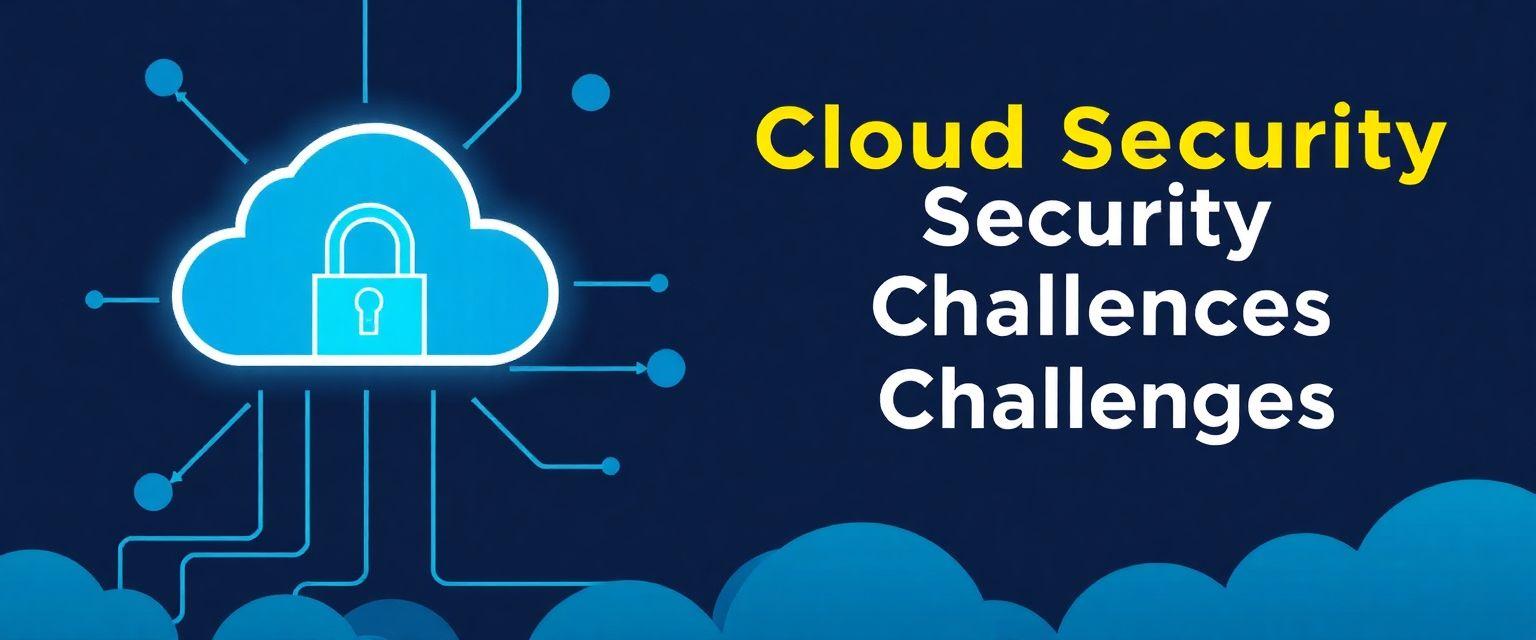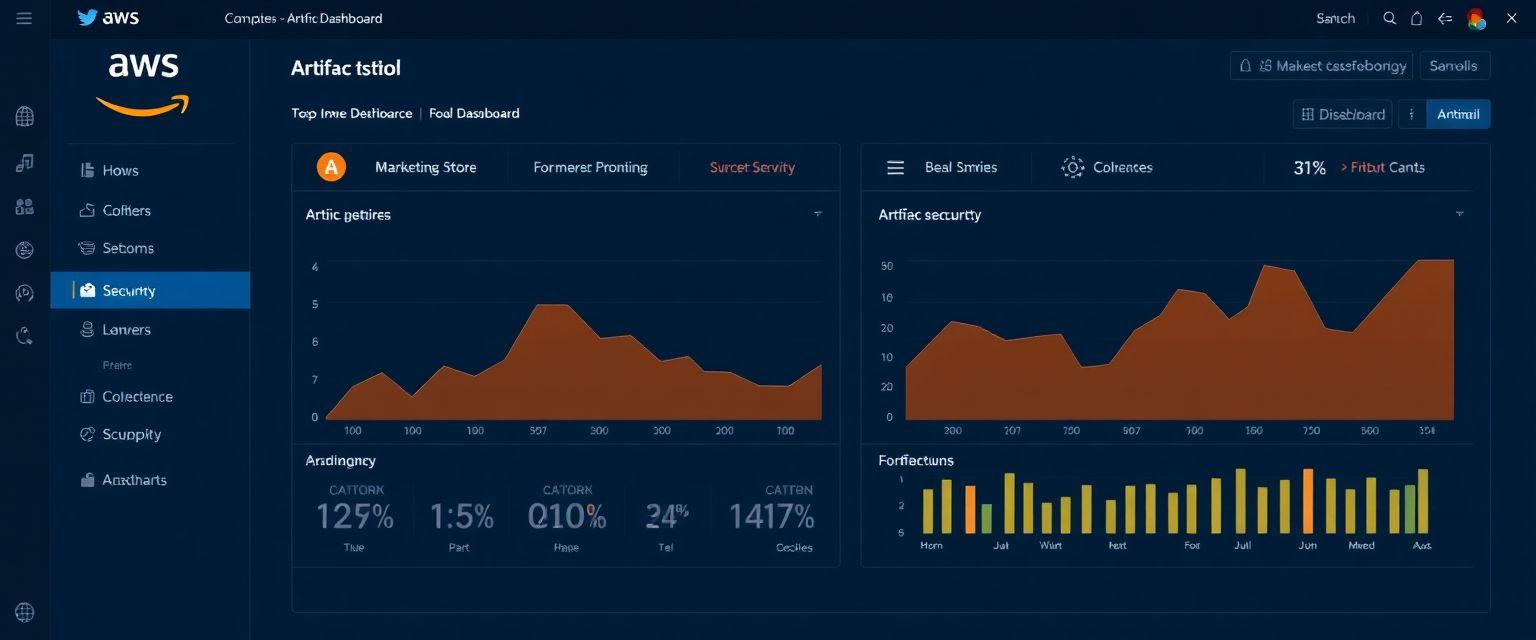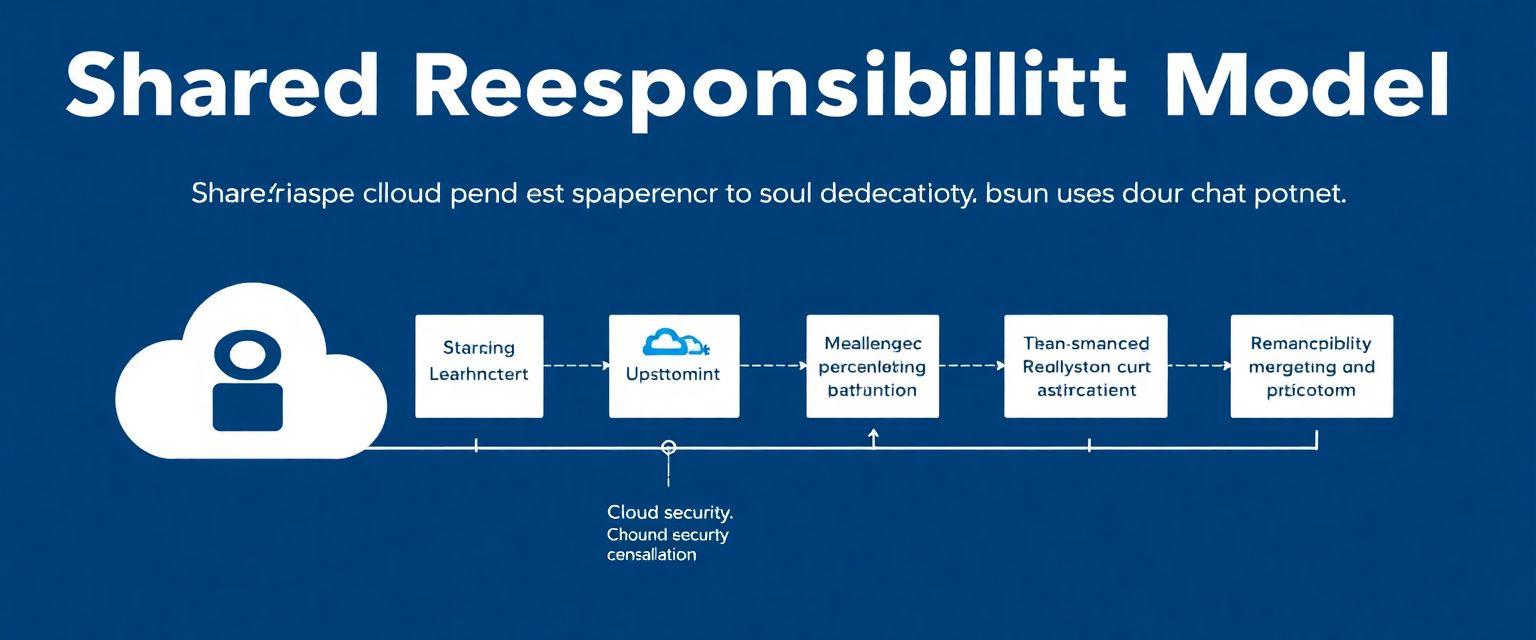AWS security and compliance services are not just a beneficial addition to your cloud strategy; they are essential. In a world where cyber threats are increasingly sophisticated, the robustness of your cloud security architecture can be the difference between a minor hiccup and a catastrophic breach. AWS offers a vast array of tools and services designed to protect your data, infrastructure, and overall cloud environment. But it’s not just about having these tools; it’s about understanding how to leverage them effectively to meet both your security and compliance needs.
Learn About AWS Securities
Discover essential AWS securities and compliance measures that ensure your cloud environment remains secure.
– AWS offers a variety of security services, such as AWS CloudTrail for tracking user activity and AWS Shield for DDoS protection, ensuring your data is well-guarded.
– The shared responsibility model clarifies the security roles between AWS and its users, emphasizing that while AWS secures the infrastructure, customers must manage their applications and data.
– Compliance is integral at AWS, with services like AWS Artifact providing access to compliance reports, helping businesses meet regulatory requirements efficiently.
Security and Compliance in the Cloud
The cloud is transforming how businesses operate, yet it brings its own set of security challenges. The flexibility and scalability of the cloud can sometimes lull companies into a false sense of security, where they assume that cloud providers are solely responsible for protecting their data. This misconception can lead to significant vulnerabilities. As businesses transition to the cloud, they must adopt a proactive stance on security and compliance, recognizing that they hold a shared responsibility alongside their cloud service provider.
Insider Tip: According to Gartner, by 2025, 99% of cloud security failures will be the customer’s fault. Understanding your security responsibilities in the cloud is crucial to avoiding becoming part of this statistic.

AWS Security and Compliance
AWS provides one of the most secure cloud environments available, but it requires users to engage actively with its tools and services to fully realize its potential. AWS security services are designed to offer robust protection while maintaining compliance with a variety of standards. These services cover everything from encryption to monitoring and access management, ensuring that organizations can safeguard their data and meet regulatory requirements.
AWS Security and Compliance Services
AWS’s suite of security and compliance services is comprehensive, addressing a wide spectrum of needs. Each service plays a unique role in fortifying your cloud environment.
AWS Artifact
AWS Artifact is your one-stop shop for compliance-related information. It offers on-demand access to AWSs security and compliance reports, such as Service Organization Control (SOC) reports, Payment Card Industry (PCI) reports, and certifications from accreditation bodies. This service is crucial for organizations that need to validate their compliance with internal and external audits.
Insider Tip: Regularly updating your compliance documentation using AWS Artifact can streamline audit processes and reduce the time spent preparing for compliance checks.

AWS CloudTrail
AWS CloudTrail provides comprehensive logging of AWS account activity. It tracks actions taken by users, roles, or AWS services, and delivers detailed event history of AWS API calls. This is invaluable for security analysis, resource change tracking, and compliance auditing.
In my experience, using CloudTrail has been pivotal in identifying unauthorized access attempts, allowing us to act swiftly and mitigate potential threats. The ability to set real-time alarms when specific events occur enhances your security posture significantly.
AWS Config
AWS Config tracks AWS resource configurations and changes. It provides a detailed inventory of your AWS resources and their current configurations, enabling you to assess compliance with internal policies and industry best practices.
Insider Tip: Utilize AWS Config rules to automate compliance checking and ensure that all resources adhere to your organizations security standards. This proactive approach can prevent non-compliant resource deployments.
AWS Control Tower
AWS Control Tower is designed to simplify the setup and governance of a secure multi-account AWS environment. It provides a single dashboard to manage and monitor your environment, ensuring compliance with best practices through pre-configured blueprints.
For organizations managing multiple AWS accounts, Control Tower is a game changer, offering centralized control and visibility, which is essential for maintaining uniform security policies across the board.
AWS Firewall Manager
AWS Firewall Manager centralizes firewall rule management across AWS accounts and resources. It simplifies security management, allowing you to apply AWS WAF rules, AWS Shield Advanced protections, and VPC security group rules consistently.
This service has been particularly beneficial in my organization, where maintaining consistent firewall rules across multiple accounts was previously a logistical nightmare.
AWS Key Management Service (KMS)
AWS KMS is a managed service that simplifies the creation and control of encryption keys used to encrypt your data. It integrates with other AWS services to make encrypting data in the cloud easy.
Encryption is a cornerstone of data protection, and KMS provides a secure and scalable way to manage your cryptographic keys. Its a must-have for any organization serious about data security.
A Personal Journey into AWS Security and Compliance
In my early days as a cloud architect at Tech Solutions Inc., I was tasked with migrating our on-premises infrastructure to AWS. The sheer volume of services and security considerations was daunting. One day, I found myself in a meeting with our compliance officer, Lisa. She raised concerns about data protection and regulatory compliance, particularly since we handled sensitive customer information.
To address these concerns, I decided to implement AWS Key Management Service (KMS) for encrypting our data at rest. My first step was to generate a customer master key (CMK) and define key policies that aligned with our compliance requirements. It took several iterations to fine-tune the policy, but I felt a profound sense of responsibility knowing that our customers’ data was being protected.
Later, I integrated AWS CloudTrail to capture and log all API calls made in our account. This provided us with an auditable trail, which was crucial for our compliance reporting. The first time I generated a compliance report using CloudTrail logs, I was filled with pride. The process that once seemed overwhelming now felt manageable, and our compliance officer, Lisa, was visibly relieved.
This journey taught me that security and compliance in the cloud are not just about tools; they require a commitment to understanding and implementing best practices. The AWS services we utilized didnt just bolster our infrastructure; they fostered a culture of accountability and transparency within our organization. This experience reinforced the importance of leveraging AWS’s robust security features to not only meet compliance requirements but to build trust with our clients.
AWS Organizations
AWS Organizations allows you to centrally manage and govern your environment as you grow and scale your AWS resources. It helps automate account creation, apply policies, and simplify billing.
Insider Tip: Leverage AWS Organizations to implement service control policies (SCPs) that restrict access to AWS services and resources, enhancing security and compliance across all accounts.
Amazon Macie
Amazon Macie uses machine learning to automatically discover, classify, and protect sensitive data in AWS. It recognizes sensitive data such as personally identifiable information (PII) and intellectual property.
In one of my previous roles, Macie was instrumental in identifying unprotected repositories containing sensitive customer information, allowing us to quickly secure those datasets and avoid potential data breaches.

Amazon Inspector
Amazon Inspector is an automated security assessment service that helps improve the security and compliance of applications deployed on AWS. It automatically assesses applications for vulnerabilities or deviations from best practices.
Insider Tip: Regularly schedule Amazon Inspector assessments to identify vulnerabilities in your applications and take corrective action before they can be exploited.
Amazon GuardDuty
Amazon GuardDuty is a threat detection service that continuously monitors for malicious or unauthorized behavior. It uses machine learning, anomaly detection, and integrated threat intelligence to identify potential threats.
GuardDuty provides an additional layer of security by alerting you to suspicious activity. In my experience, it has been invaluable for early detection of potential breaches, allowing us to take action before any damage occurred.
AWS Security Hub
AWS Security Hub provides a comprehensive view of security alerts and compliance status across AWS accounts. It aggregates, organizes, and prioritizes security alerts from multiple AWS services.
Security Hub streamlines the process of managing security alerts, enabling my team to focus on the most critical issues first. Its integration with third-party products further enhances its capabilities.
AWS Secrets Manager
AWS Secrets Manager helps you protect access to your applications, services, and IT resources without the upfront investment and on-going maintenance costs of operating your own infrastructure. It enables you to rotate, manage, and retrieve database credentials, API keys, and other secrets.
Insider Tip: Regularly rotate your secrets using AWS Secrets Manager to minimize the risk of unauthorized access due to leaked credentials.
Amazon CloudWatch
Amazon CloudWatch provides monitoring for AWS cloud resources and applications. It offers actionable insights to optimize application performance, resource utilization, and operational health.
CloudWatch has been an essential tool in my toolkit for maintaining application performance and detecting anomalies in real-time. Its ability to set alarms based on metrics and logs has saved countless hours of manual monitoring.
Shared Responsibility Model
The shared responsibility model is a core concept in AWS security. This model delineates the security responsibilities of AWS (the cloud provider) and the customer. AWS manages security “of” the cloud, while customers are responsible for security “in” the cloud.
Understanding this model is crucial. AWS provides a secure infrastructure, but it is up to the customer to properly configure and manage their applications, data, and access controls.
Insider Tip: Regularly review your security responsibilities under the shared responsibility model to ensure compliance and avoid potential security lapses.

Compliance at AWS
AWS compliance standards are robust, meeting a wide array of regulatory requirements. They provide assurances that AWS services are secured to the highest standards, enabling customers to meet their own compliance needs.
AWS’s adherence to standards such as ISO 27001, SOC 1/2/3, and PCI DSS is a testament to its commitment to security and compliance. However, organizations must still ensure their configurations and processes align with their specific regulatory obligations.
AWS Partner Network (APN)
The AWS Partner Network (APN) is a global community of partners that leverage AWS to build solutions and services for customers. APN Partners are uniquely positioned to help customers take full advantage of AWSs security and compliance services.
Working with APN Partners has been beneficial in navigating complex security landscapes, providing expertise and tools that complement AWS’s offerings.
Insider Tip: Partner with APN members who specialize in security services to enhance your organizations security posture and ensure compliance with industry standards.
Conclusion
AWS security and compliance services offer an unparalleled level of protection and assurance for organizations leveraging the cloud. However, it’s essential for organizations to actively engage with these tools, understand their shared responsibilities, and continually adapt their security strategies to address evolving threats. By integrating AWS’s comprehensive services into their security frameworks, organizations can not only protect their data but also maintain compliance with industry standards, ultimately securing their cloud environments against the myriad of threats that exist today.
For those committed to exploiting the full potential of cloud computing while safeguarding their assets, AWS security and compliance services are indispensable. They are not just services but essential partners in your journey towards a secure, compliant, and efficient cloud presence.
With over a decade of experience in cloud security and compliance, the author is a recognized expert in AWS environments. They hold a Masters degree in Cybersecurity from Johns Hopkins University and are a Certified Information Systems Security Professional (CISSP) as well as an AWS Certified Solutions Architect. Their extensive background includes working as a cloud security consultant for Fortune 500 companies, where they implemented AWS security best practices and compliance frameworks such as NIST and ISO 27001.
The author has contributed to various industry publications, including the Journal of Cloud Computing and the International Journal of Information Security, and has presented at numerous conferences, sharing insights on AWS Security services like AWS CloudTrail and AWS Key Management Service. Their research on the Shared Responsibility Model has been referenced in whitepapers by leading cloud security firms. This wealth of knowledge ensures that readers receive informed, trustworthy content on AWS security and compliance.
